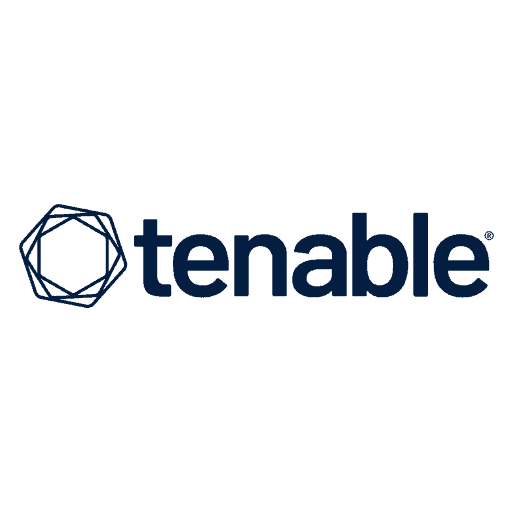In today’s fast-paced digital landscape, the adage “time is money” has never been more relevant, especially when it comes to cybersecurity. If you’re taking days or even weeks to report on your current cyber asset risk posture, you’re leaving your organisation vulnerable in ways that cyber criminals are all too eager to exploit. The reality is stark: cyber adversaries are operating in minutes, not days. The antiquated and expensive approach of relying on consulting firms, or alternatively using internal resources to collate disparate data to produce reports is no longer sufficient. In this era, the ability to rapidly quantify and understand your cyber asset risk posture across all digital assets is not just beneficial—it’s critical.
Cyber Criminals: Fast, Ruthless, and Relentless
Cyber criminals are not bound by the bureaucratic delays that often plague large organisations. They are agile, innovative, and constantly evolving their techniques. A vulnerability discovered today can be weaponised within hours, and a delay in your response time can be the difference between a minor incident and a full-blown breach. When every second counts, the traditional method of compiling and analysing data over days or weeks is dangerously outdated.
Consider the case of ransomware attacks, which have seen a dramatic rise in both frequency and sophistication. Once inside a network, ransomware can encrypt vast amounts of data within minutes. The longer it takes to detect and respond, the greater the damage and the cost of recovery. Immediate visibility into your cyber risk posture is essential to mitigate such threats effectively.
Is Using a Consulting Firm Fast Enough?
The days of relying solely on consulting firms to understand your cyber asset risks are long gone. While consulting firms still play a role in providing valuable expertise, they are inherently reactive. By the time a consulting firm conducts its assessment and provides recommendations, attackers may have already exploited the vulnerabilities they identify. Furthermore, consulting engagements are often periodic and not tailored to the continuous, dynamic nature of modern cyber threats.
Modern cybersecurity demands proactive, real-time insights. This means leveraging advanced technologies such as artificial intelligence and machine learning to continuously monitor, analyse, and report on cyber asset risks. Automated systems can quickly identify anomalies, assess potential threats, and provide actionable intelligence that allows for swift decision-making and response.
Cyber Risk Data: Insights From Australia
Recent findings from the Vedere Labs report highlight the pressing need for real-time cyber risk management, especially in regions like Australia. The report reveals alarming statistics about the cyber threat landscape in the country:
- Increased Attack Frequency: Australia has seen a 30% increase in cyber attacks over the past year, with ransomware and phishing being the most prevalent forms of attack.
- Targeted Industries: Critical sectors such as healthcare, finance, and energy are increasingly being targeted, with healthcare experiencing a 45% rise in ransomware attacks.
- Response Delays: On average, Australian organisations take 26 days to detect a data breach and an additional 39 days to contain it, far exceeding the ideal response times needed to mitigate damage.
- Financial Impact: The average cost of a data breach in Australia is now estimated at AUD 3.35 million, underscoring the significant financial risks associated with delayed responses.
These findings underscore the critical need for Australian organisations to adopt real-time, automated cyber asset risk management solutions. The traditional approach of relying on periodic assessments and external consultants is insufficient in the face of such rapidly evolving threats.
How Risk and Exposure Management Solutions Can Help
Risk and Exposure Management solutions are designed to address these challenges head-on, providing organisations with the tools they need to maintain a real-time understanding of their cyber risk posture. Here’s how it can help:
- Continuous Monitoring and Visibility: Risk and Exposure Management Solutions that provide continuous, real-time visibility into all connected devices and digital assets across your network should ensure that no device goes unnoticed, and potential risks can be identified as soon as they emerge.
- Automated Risk Assessment: By leveraging advanced AI and machine learning algorithms, Risk and Exposure Management solutions can automatically assess the risk level of each device and asset in your network. This allows for immediate identification of high-risk devices that need attention.
- Dynamic Risk Quantification: For more advanced solutions, seek tools that provide dynamic risk quantification with a clear and up-to-date picture of your organisation’s cyber risk posture. This enables organisations to prioritise remediation efforts based on the most pressing risks, rather than relying on outdated assessments.
- Comprehensive Reporting: Knowing what works and what doesn’t is key. So seek a solution that offers detailed insights and metrics on your organisation’s cyber risk posture. This not only helps in internal risk management but also ensures compliance with regulatory requirements and facilitates communication with stakeholders.
Embracing the Future of Cybersecurity
In conclusion, the landscape of cyber threats is evolving at an unprecedented pace, and the tools and strategies we use to combat these threats must evolve as well. Taking days or weeks to report on your cyber risk posture is no longer acceptable. Organisations must adopt real-time, automated solutions to stay ahead of cyber criminals and protect their digital assets effectively. In the world of cybersecurity, every second counts. This approach will ensure that your organisation is equipped to operate with the speed and agility necessary to defend against today’s cyber threats.





